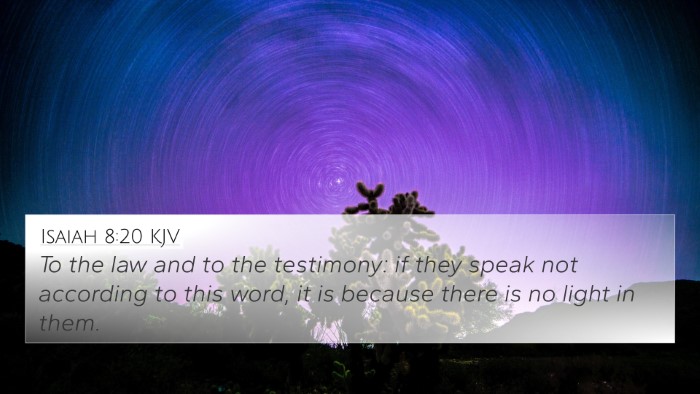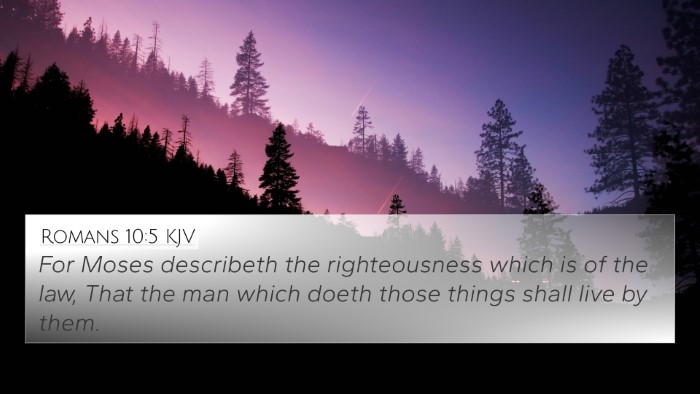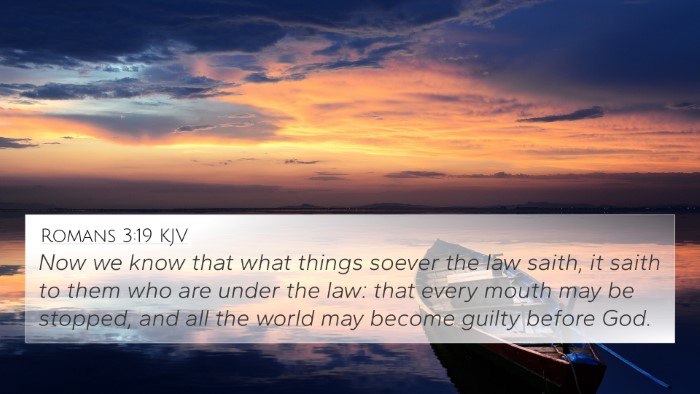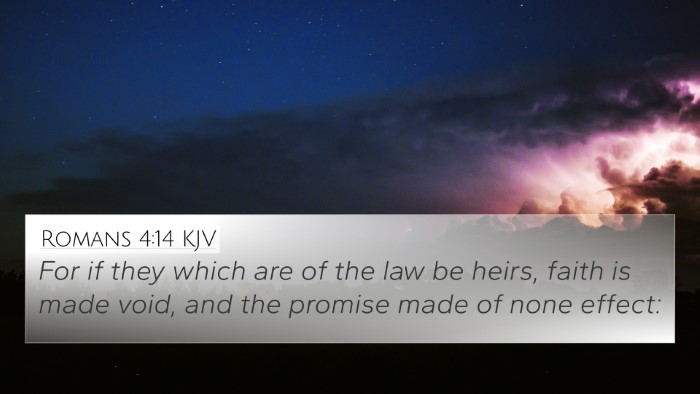Understanding Luke 10:26
Verse: "He said unto him, What is written in the law? how readest thou?"
Summary of Meaning
In this passage, Jesus engages in a dialogue with a lawyer who seeks to test Him regarding the essential duties of the law. By asking, "What is written in the law? how readest thou?", Jesus prompts the lawyer to reflect on the law's intent and applications, emphasizing the importance of understanding and interpreting Scripture accurately.
Insights from Commentaries
-
Matthew Henry:
Henry notes that Christ's question reveals how each individual is responsible for their own understanding of the Scriptures. The lawyer's inquiry is not just intellectual but seeks to provoke a deeper reflection on love and duty as seen in the law.
-
Albert Barnes:
Barnes mentions that Jesus’ response underscores the necessity of personal engagement with the Scriptures. He highlights the importance of intent in reading the law and that true understanding requires not just knowledge but application in daily life.
-
Adam Clarke:
Clarke elaborates on the implications of the lawyer's profession, indicating that he should have a thorough comprehension of the law. His question leads to a profound exploration of the text and the call to love God and neighbor, reinforcing the heart of biblical teaching.
Bible Verse Cross-References
- Matthew 22:37-40: This passage reiterates the commandment to love God and neighbor, which is central to the discussion in Luke 10:26.
- Mark 12:28-34: The parallels in other Gospels provide a broader context of love as the fulfillment of the law.
- Romans 13:10: Paul indicates that love is the completion of the law, harmonizing with Jesus' teaching.
- Deuteronomy 6:5: Here we see the command to love God, an essential part of the law referenced by Jesus.
- Leviticus 19:18: The command to love one's neighbor is rooted in the Old Testament law, which Jesus alludes to in His response.
- John 13:34-35: Jesus gives a new commandment, emphasizing love as the distinguishing characteristic of His followers.
- Galatians 5:14: Paul connects the law of Christ with love, affirming the heart of what Jesus conveys in His dialogue.
- 1 John 4:20-21: The notion that love for God mandates love for others is profoundly stated, reinforcing Jesus' teachings.
Connections between Bible Verses
This verse acts as a pivotal point for a deeper understanding of the inter-Biblical dialogue focusing on the themes of love, law, and personal responsibility in faith.
As part of a Bible cross-reference system, Luke 10:26 serves as a lens through which we can explore broader themes within the Scriptures. Here are several methods to engage in cross-referencing Bible study:
- Utilizing a Bible concordance to identify related passages.
- Employing a bible cross-reference guide to trace thematic links between texts.
- Incorporating tools that facilitate cross-referencing biblical texts throughout the readings.
- Engaging in a comparative Bible verse analysis to explore similarities across Gospels and epistles.
- Participating in group discussions to analyze how various verses relate to one another.
Exploring Bible Verse Parallels
By examining Luke 10:26 alongside these related verses, the reader can gain insights into how different sections of the Bible echo similar themes concerning love and obedience:
- Luke 10:27: The lawyer’s answer reflects the core commandments.
- James 2:8: The royal law also emphasizes love.
This exploration is vital for understanding how the doctrines of love underpin both the Old and New Testaments, illuminating the cohesive narrative of Scripture.








